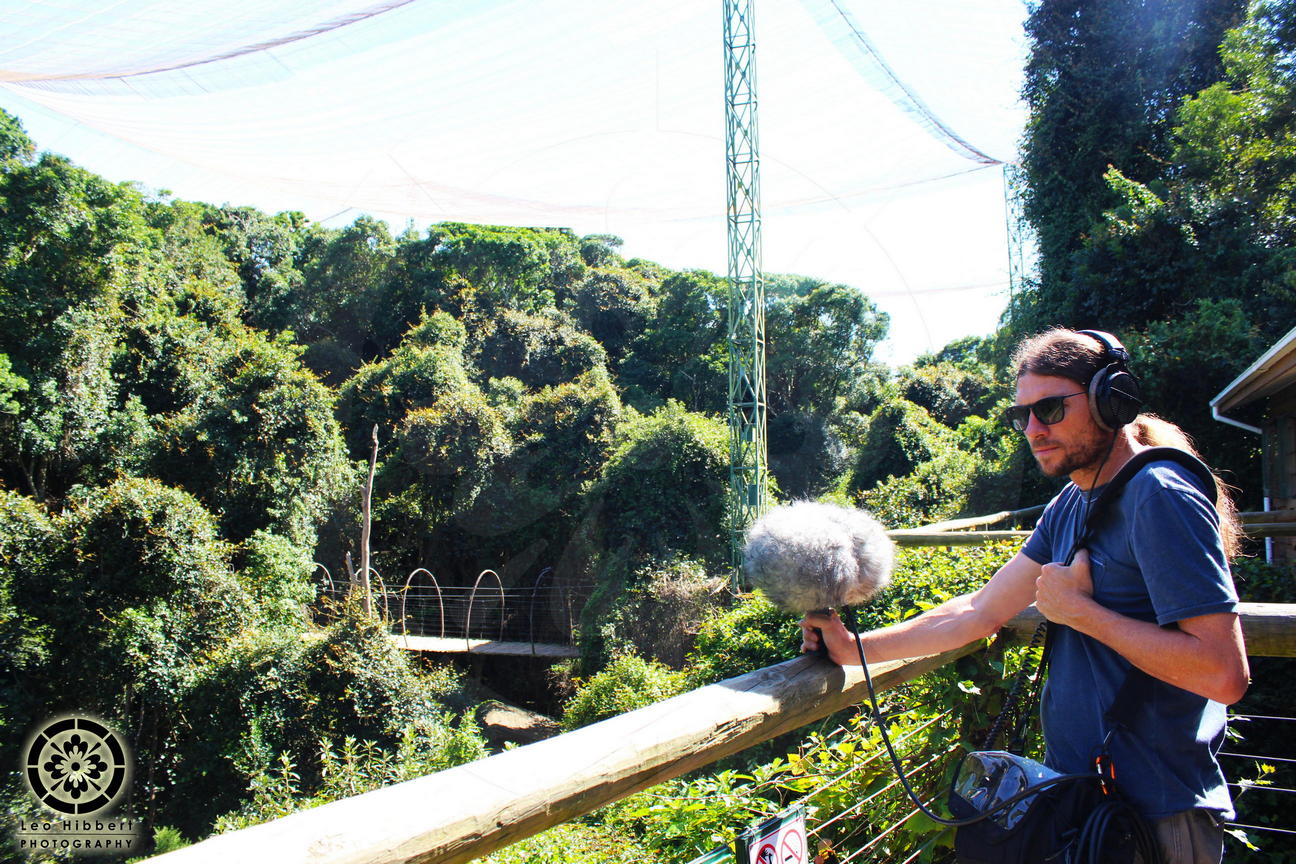South Africa is a country renowned for its incredible biodiversity and wildlife conservation efforts. While many places offer refuge for animals, there are distinct differences between sanctuaries, rehabilitation centres, and wildlife parks.
Sanctuaries: A Forever Home for Rescued Animals
Wildlife sanctuaries provide permanent homes for animals that, due to injury, captivity, or human interference, can no longer survive in the wild. Unlike zoos or parks, sanctuaries do not breed animals for tourism or profit. Instead, they focus on providing a safe, natural environment where animals can live without being exploited.
Some well-known South African sanctuaries include:
- Jukani Wildlife Sanctuary (Plettenberg Bay) – Home to big cats and other predators that were rescued from captivity, this sanctuary prioritizes their well-being and does not allow direct interaction.
- The Wolf Sanctuary (Plettenberg Bay) – A unique sanctuary that offers a home for wolves and wolf-dogs, providing them with a safe, enriched environment.
- Monkeyland (Plettenberg Bay) – A free-roaming primate sanctuary dedicated to rescuing and rehabilitating various monkey species, allowing them to live in a natural forest setting.
- Birds of Eden (Plettenberg Bay) – The world’s largest free-flight aviary, offering rescued birds a chance to live in a vast, natural habitat.
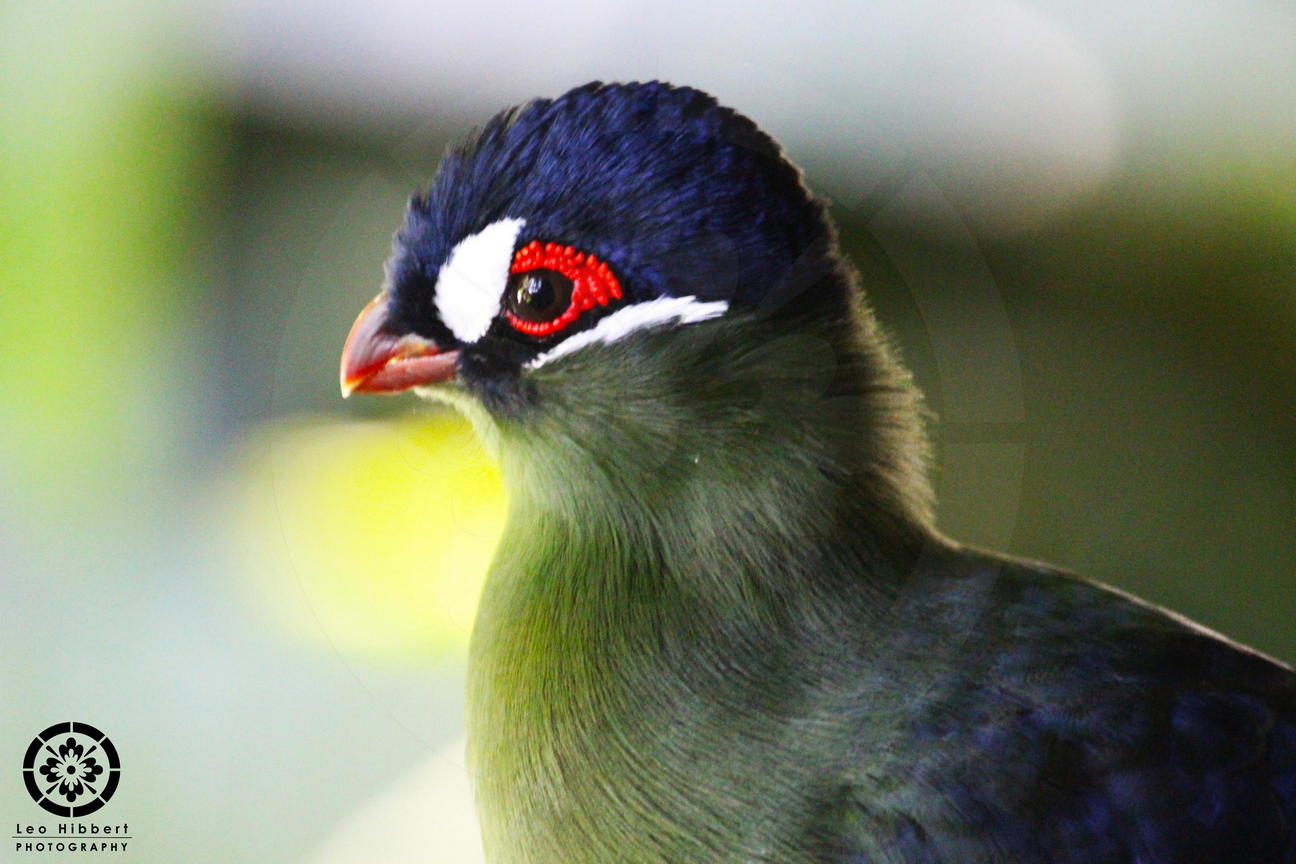
Birds of Eden
More Photos and Info
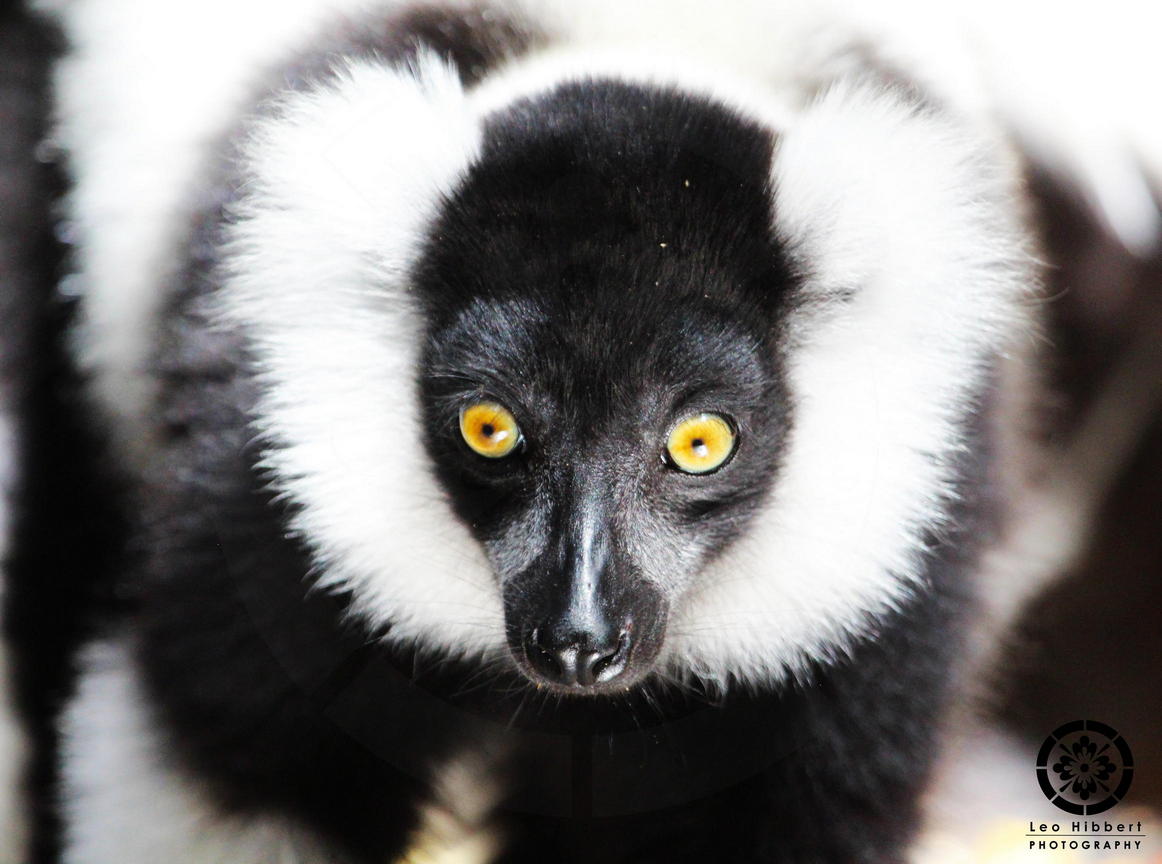
MonkeyLand
More Photos and Info
HELPING ANIMALS RETURN TO THE WILD
Rehabilitation Centres
Rehabilitation centres focus on rescuing, treating, and releasing animals back into their natural habitats whenever possible. These facilities play a crucial role in conservation by ensuring that injured, orphaned, or displaced wildlife get a second chance at life in the wild.
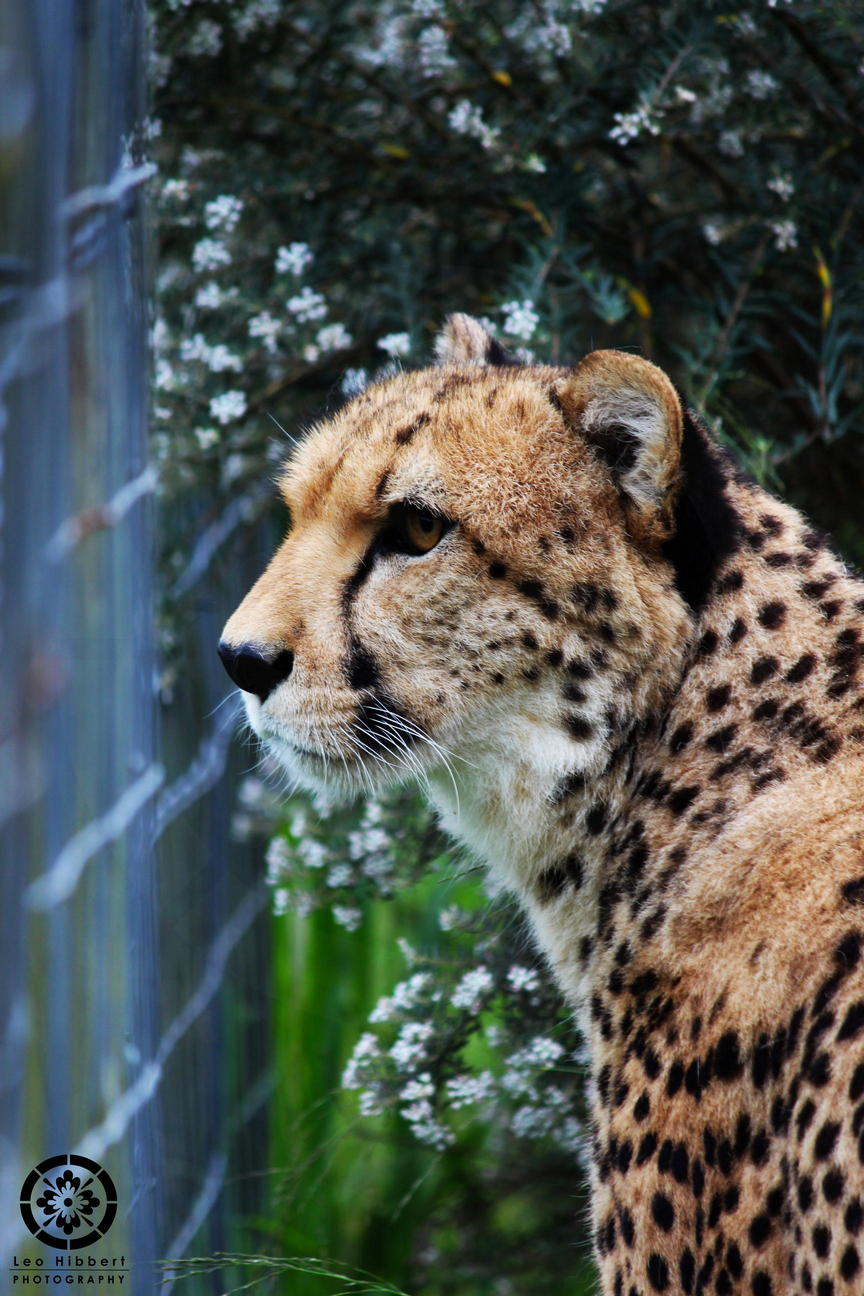
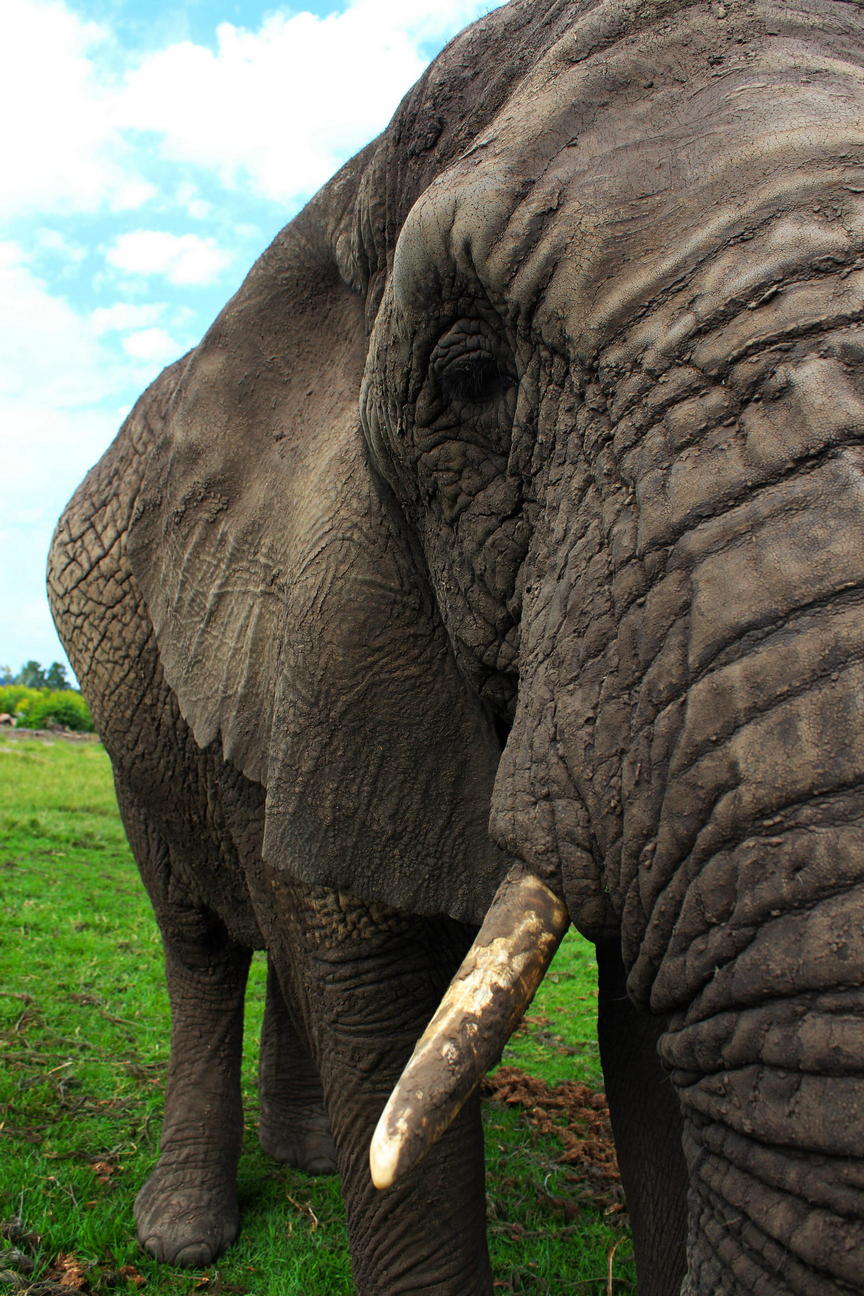
PHOTOGRAPHIC EXPERIENCES
Examples of Rehabilitation Centres
Tenikwa Wildlife Rehabilitation Sanctuary (Plettenberg Bay) – This centre not only rehabilitates injured and orphaned wildlife but also educates the public about conservation and the dangers of human-wildlife conflict.
Falcon Ridge Bird of Prey Centre (KwaZulu-Natal) – Dedicated to the rescue and rehabilitation of raptors, this facility provides educational demonstrations to raise awareness about the importance of birds of prey in ecosystems.
The Knysna Elephant Park (KEP) Both a rehabilitation sanctuary and a conservation facility dedicated to the preservation of African elephants, providing a safe haven for orphaned and rescued elephants, with a focus on their well-being and potential return to the wild.
Wildlife Parks and Conservation Areas: Protecting Natural Habitats
Wildlife parks and protected areas aim to conserve entire ecosystems and provide spaces where animals can roam freely in their natural environments. These areas often serve as important refuges for endangered species and contribute significantly to conservation and tourism in South Africa.
Notable protected areas include:
- SANParks (South African National Parks) – Managing several national parks, including the famous Kruger National Park, SANParks plays a vital role in preserving South Africa’s diverse ecosystems.
- St. Lucia Conservancy – A UNESCO World Heritage Site, this area in iSimangaliso Wetland Park is home to a wide variety of species, including hippos, crocodiles, and marine life, offering a crucial haven for biodiversity.
The Importance of Ethical Conservation
While all these facilities contribute to wildlife conservation in different ways, ethical tourism is key to supporting legitimate conservation efforts. Visitors should seek out facilities that prioritize the welfare of animals, avoid exploitative practices like cub-petting or excessive human interaction, and contribute to conservation through education and rehabilitation.
By understanding the differences between sanctuaries, rehabilitation centres, and wildlife parks, travelers can make responsible choices that benefit South Africa’s incredible wildlife and help ensure their protection for generations to come.

